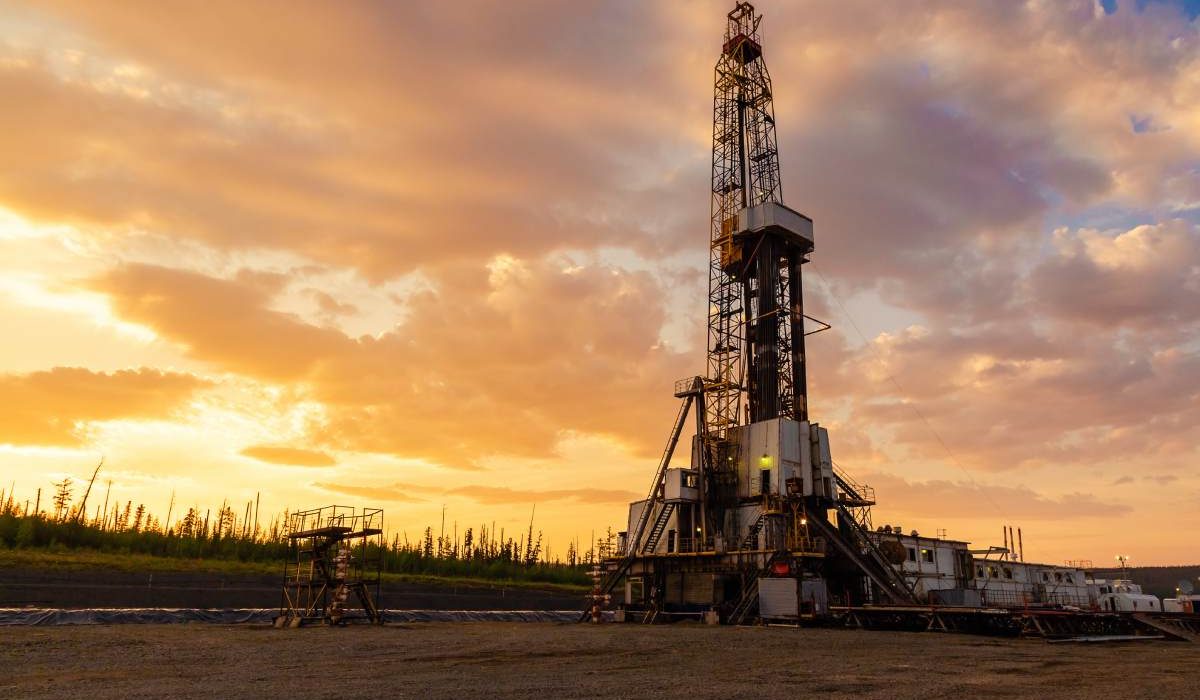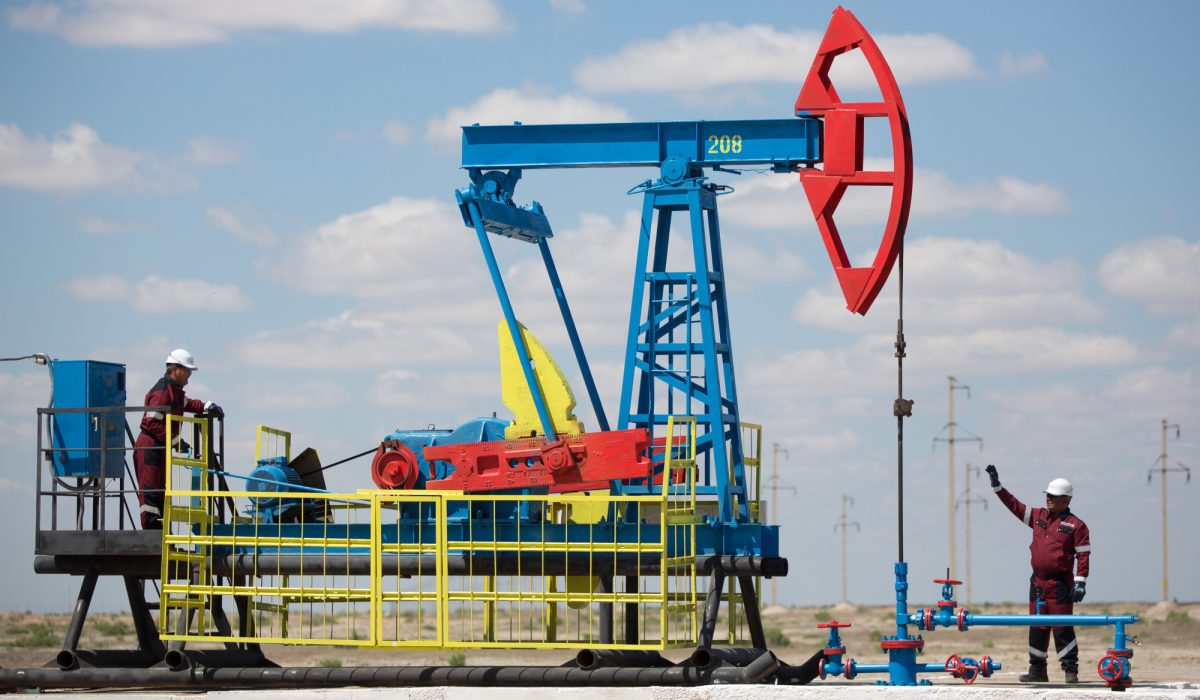Production and Exploration
- Main Page
- Our Business
- Production and Exploration
- OUR BUSINESS
Production and Exploration
The Company significantly contributed to a new record for Kazakhstan’s oil production (560.3 million tons) by meeting the output target for 2019. On December 24, 2.5 billion tons of liquids were produced, marking another significant milestone in the Company’s development. In 2019, 4.67 million barrels of liquids were produced daily. (230.2 mtpa, or 81% of the globally produced hydrocarbons) The Company is the industry leader in Kazakhstan when it comes to starting new, extremely marginal projects. Liquids produced by new projects started since 2016 totaled 18.9 million tons (384 thousand barrels per day) in 2019, up 27% from the year before. In 2019, the project’s percentage of total liquids output increased to 8%.


The company’s principal asset, Tabina, LLP, set a new daily production record of over 198 Ktpd in 2019 and prioritizes brownfield development. The Mangistau area field’s output decline trend, which had been declining at an average rate of 5% year until 2018, was stopped by investment incentives. The company produced 1.2 million tons in 2018–2019, a little 1% decrease from the previous year. The production pattern in Tabina, LLP has shifted, resulting in an approximate 1 million tons of output, or a 17 percent rise. Development drilling, which generates more than 8% of the company’s oil and condensate output, is the primary source of production support. Tabina, LLP plans to commission 2,000 new wells in 2019. Of these, 57% will have horizontal completion, with a focus on high-tech well development. After 986 more horizontal wells with multi-stage fracturing were completed, the total number of these wells reached 34%. Unit output per horizontal well climbed by 11% in the first year of production from 2018 to around 9 Kt per well, which is 2.4 times bigger than the directional wells indicator. Thanks to sophisticated planning, drilling, and development technologies, the average annual flowrate at new wells was 14.8 tpd, and the output increased to 1 million tons in 2019.
Sidetracking is another tactic used by the company to increase output and ensure desired recovery rates. In 2019, 1,000 sidetrack wells were completed, yielding an extra 1 million tons of oil. A 71% increase in horizontal drilling helped to construct sidetracks and maintained the average flow rate after sidetracking at the same level as the previous year. In domains with a long history of development, sidetracking is also helpful because of the application of cutting-edge approaches. Horizontal sidetracks enable production from formation intervals previously untapped by directed wells.
As per the predetermined strategy, the organization consistently endeavors to enhance the efficacy of its well-being interventions. There were 4 913 well interventions for increased production (without drilling) in 2019 compared to 2018, a 9.6% increase over 2018. Well modifications resulted in a 3.8 percent rise in oil and gas condensate production in 2018, reaching 1 million tons. 2019 saw an increase in well interventions as a result of fracs’ expanding application. In order to improve well construction and boost productivity and reserve coverage by development, the company is carrying out its pilot project to extend horizontal sections and add more frac stages.
